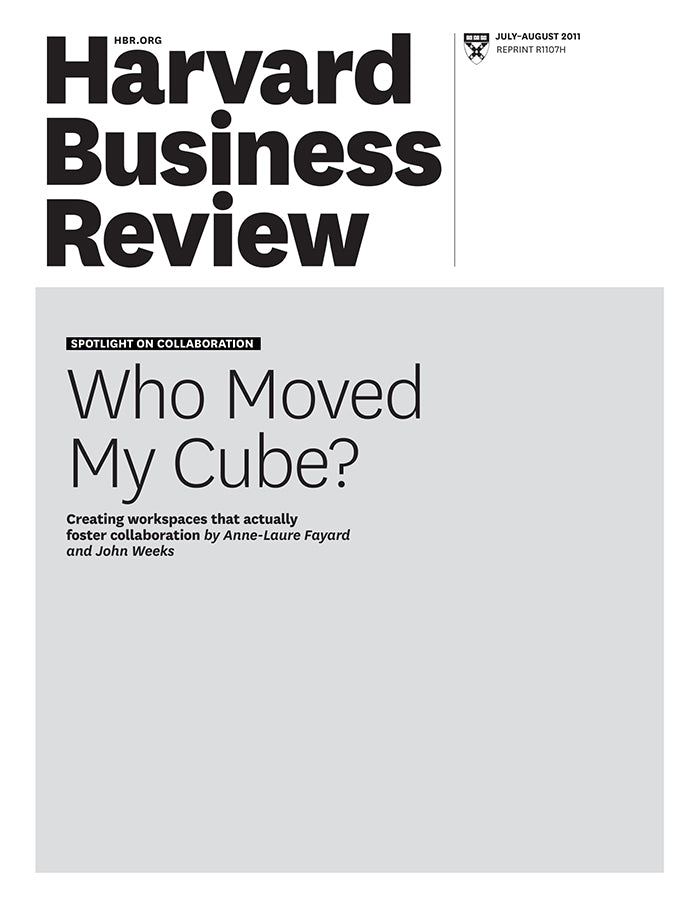Who Moved My Cube?
受取状況を読み込めませんでした
Managers once discouraged casual interaction among employees, viewing it as a distraction from "real work." Today we know that chance encounters on the job promote cooperation and innovation, and companies craft their floor plans and cultures with this in mind. So why do their careful, well-intentioned efforts often go awry? Common sense, it turns out, is a poor guide when it comes to designing for interaction. Work spaces inspire informal encounters only if they properly balance three factors that have both physical and social aspects: (1) Proximity: Spaces should naturally bring people together; (2) Privacy: People must be able to control access to their conversations and themselves; (3) Permission: The social purpose of the space needs to be evident, and the organizational culture should signal that nonwork interactions are not just sanctioned but encouraged. Creating the right conditions is challenging enough in the physical world; doing it in a virtual environment is even harder. But asking employees to set Skype, IM, and other applications to indicate their availability can replicate a sense of proximity online. Setting clear policies governing access to electronic communications helps convey reassurance that privacy is protected. And leaving video links and virtual offices open promotes the feeling that geographically disparate groups are welcome to engage with one another casually, just as they might in a real-world common space. There's no simple formula for balancing proximity, privacy, and permission in either the physical or virtual spheres. Managers who grasp the fundamentals and design spaces with balance in mind, however, will be better equipped to understand and predict the effects of different spaces on interactions, and to learn from their successes and inevitable mistakes.
【書誌情報】
ページ数:10ページ
サイズ:A4
商品番号:HBSP-R1107H
発行日:2011/7/1
登録日:2012/3/28


